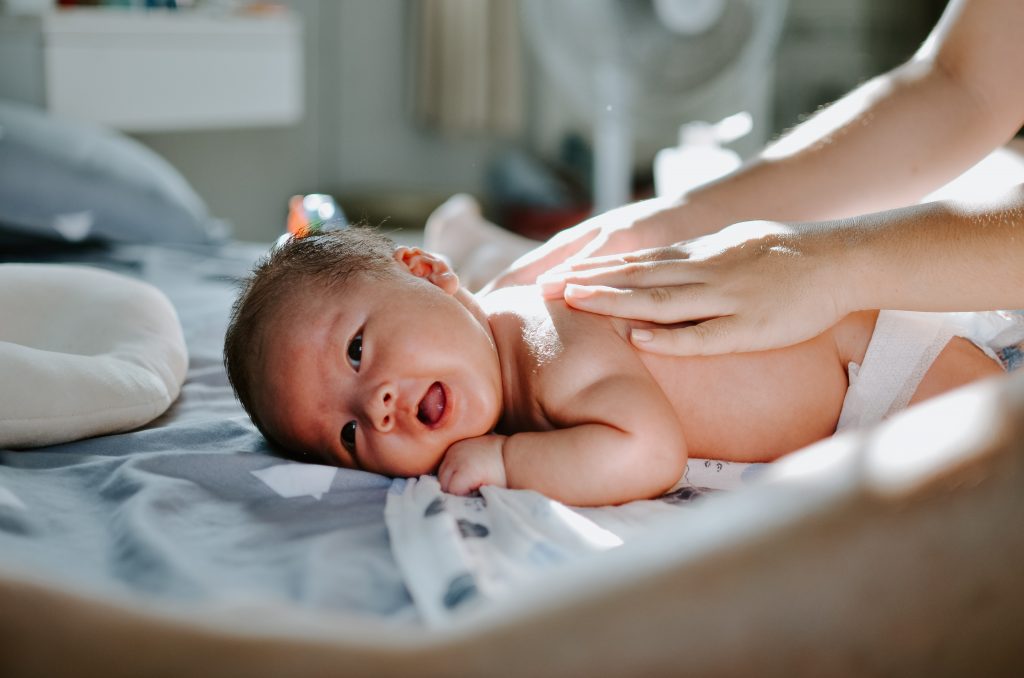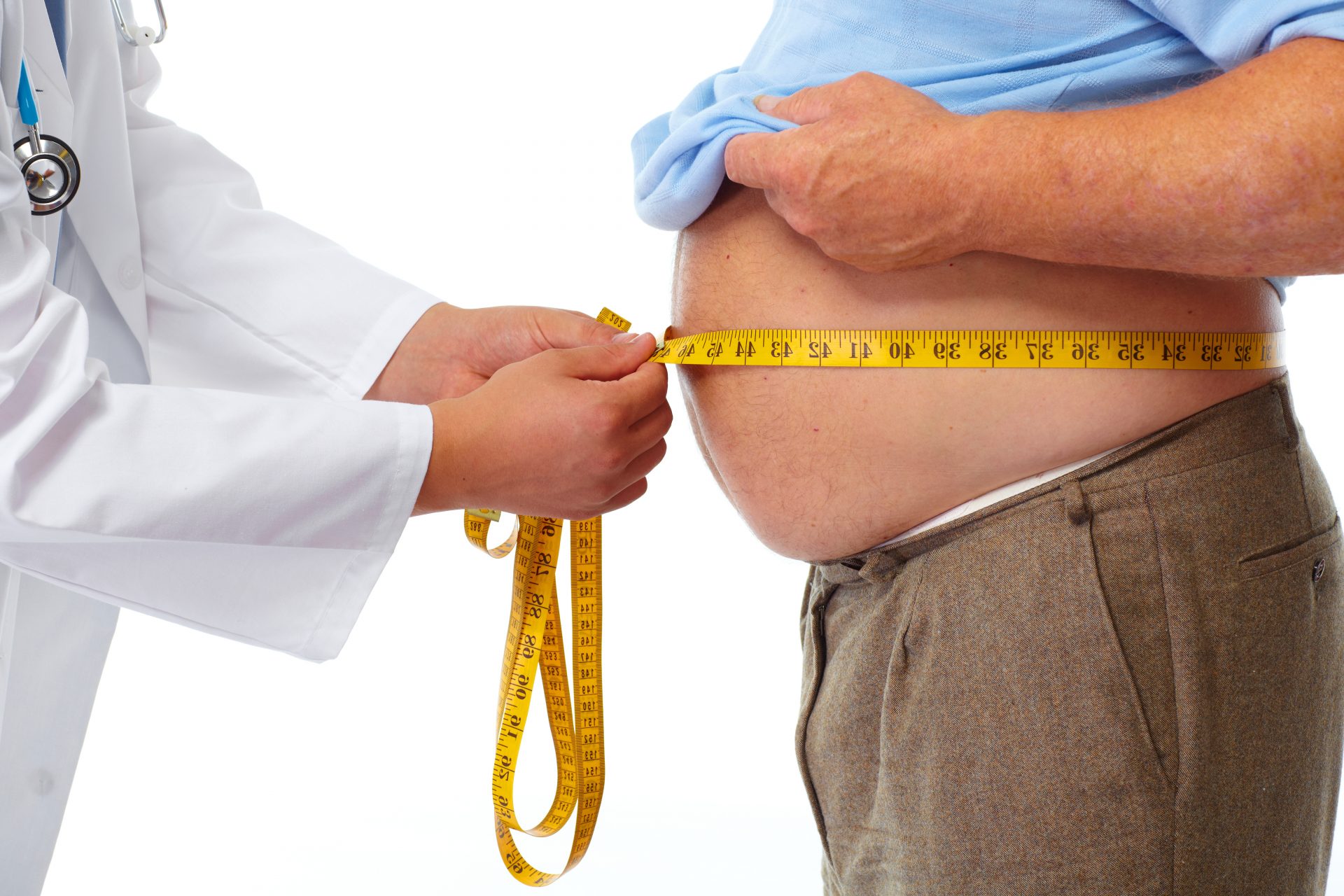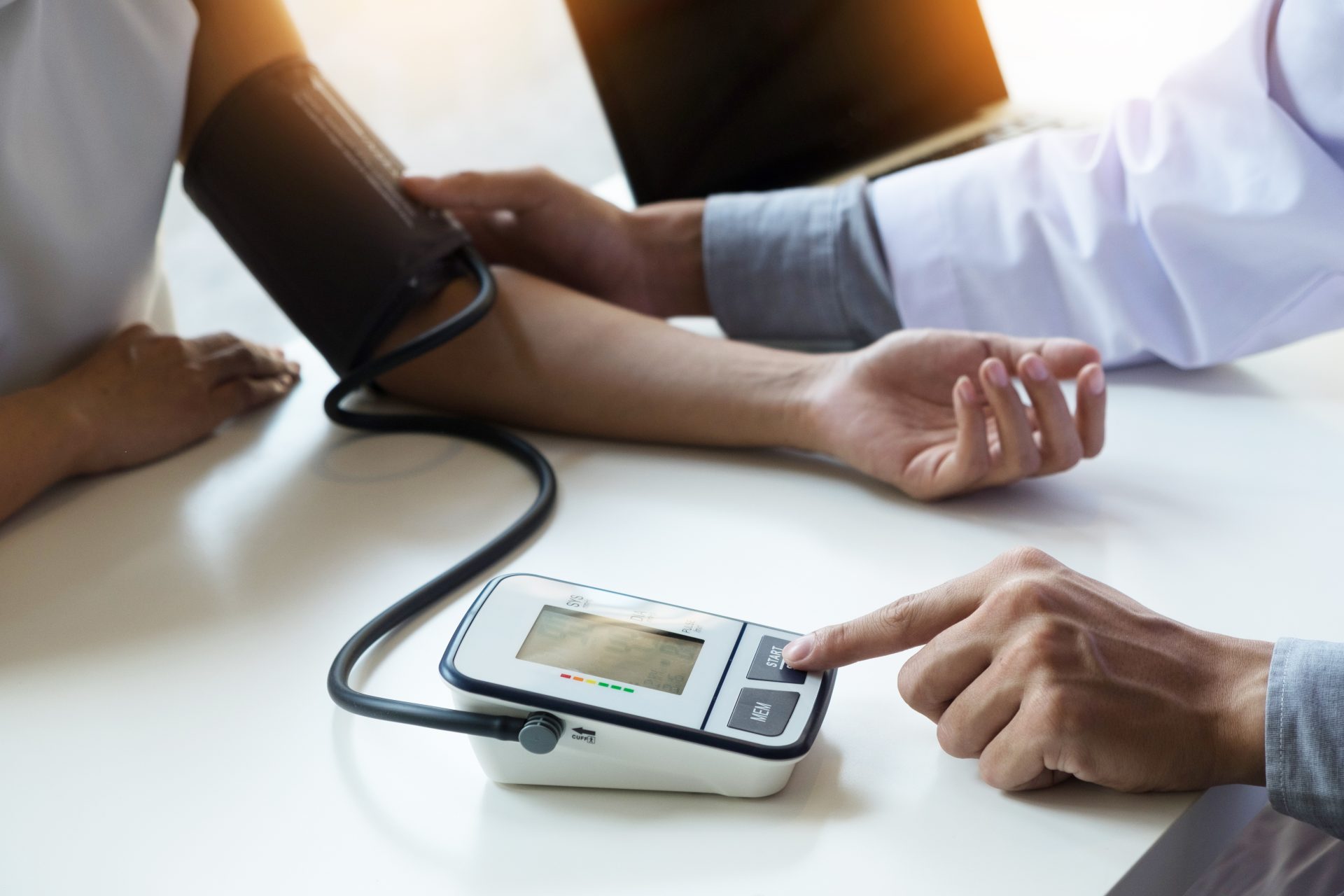
Managing Neonatal Jaundice
- November 15, 2022

Dr. Cheryl Lin
FAMILY PHYSICIAN
Phoenix Medical Group
Dr. Cheryl Lin is a family medicine doctor with more than 8 years of clinical experience. During her time attending to patients at a polyclinic, she managed children with neonatal jaundice, ran childhood developmental clinics, and provided vaccinations to children. She takes this wealth of experience with her to Phoenix Medical Group (Novena), where she sees both well and unwell children regularly.
- Family medicine
- Reading Time: 3 minutes
Share with others
Congratulations! You have just brought home your new addition to the family and you’re trying to plan a routine for your child. Your mom has reminded you to sun your baby every morning to prevent jaundice. Is it necessary?
What is jaundice?
Jaundice is a common occurrence in newborn babies. 3 in 5 children experience this and most are benign and don’t require treatment. This is known as “Physiological Jaundice”. It occurs as a result of an increased breakdown of immature red blood cells that your baby no longer needs. However because their livers are still tiny, they may not be able to cope with removal of the waste products known as bilirubin. This then causes the yellowing of skin and eyes that you may observe. As baby grows over the next week, this will fade.
Breastmilk Jaundice
“Breastmilk Jaundice” is a benign type of jaundice that occurs in breastfed infants as the way that breastmilk is digested slows bilirubin breakdown and causes the yellow tinge to last longer. However there is no need to stop breastfeeding if your child is feeding well and you have a good supply of milk.
It is normal to have a slow milk supply at the start of your breastfeeding journey! During this time, you may choose to supplement your feeding with infant formula or with breastmilk donated from other mummies. This will prevent dehydration in your child which can lead to harmful jaundice.
Attending follow-up appointments
Upon discharge, you will be advised to bring baby for a doctor follow up within the first 3 days of bringing your baby home. Don’t forget to attend this! This is because jaundice tends to peak at this time and a test needs to be done by your doctor to ensure that bilirubin does not reach harmful levels.
Harmful jaundice can be treated easily with phototherapy or “blue light therapy”. Your doctor will recommend this if your child has high bilirubin levels.
Do I really need to sun my baby?
Placing baby in the sun does not reduce the risk of jaundice or help with lowering levels if they are already in the harmful range. But if you would like to assuage your mum’s fears, you may choose to spend time cradling your clothed child in early morning sun between 8am and 10am and don’t leave your baby exposed for more than 15 minutes as they can get sunburnt and dehydrated instead.
Call your doctor if your child is not feeding well, seems tired and doesn’t wake up to cry for milk or is not passing urine regularly through the day.
Article contributed by Dr. Cheryl Lin, Family Physician at Phoenix Medical Group
References
- https://www.nuh.com.sg/Health-Information/Diseases-Conditions/Pages/Jaundice-(Newborn).aspx
- http://www.smj.org.sg/article/when-babies-turn-yellow
- https://www.singhealth.com.sg/patient-care/conditions-treatments/Neonatal-Jaundice
- https://www.healthhub.sg/a-z/diseases-and-conditions/424/jaundice_child_kkh






